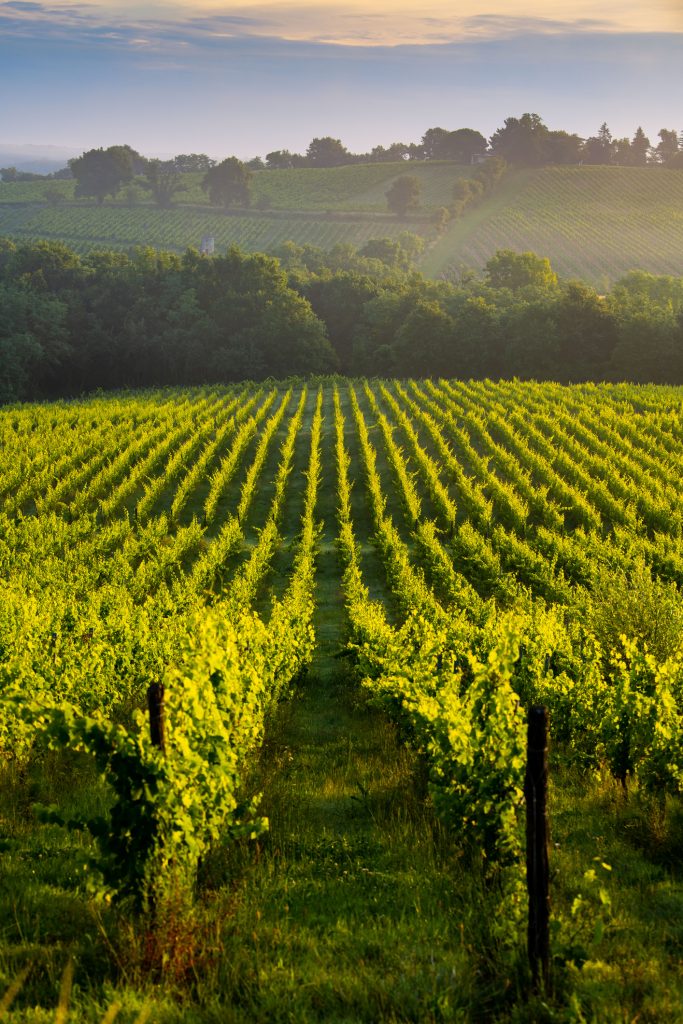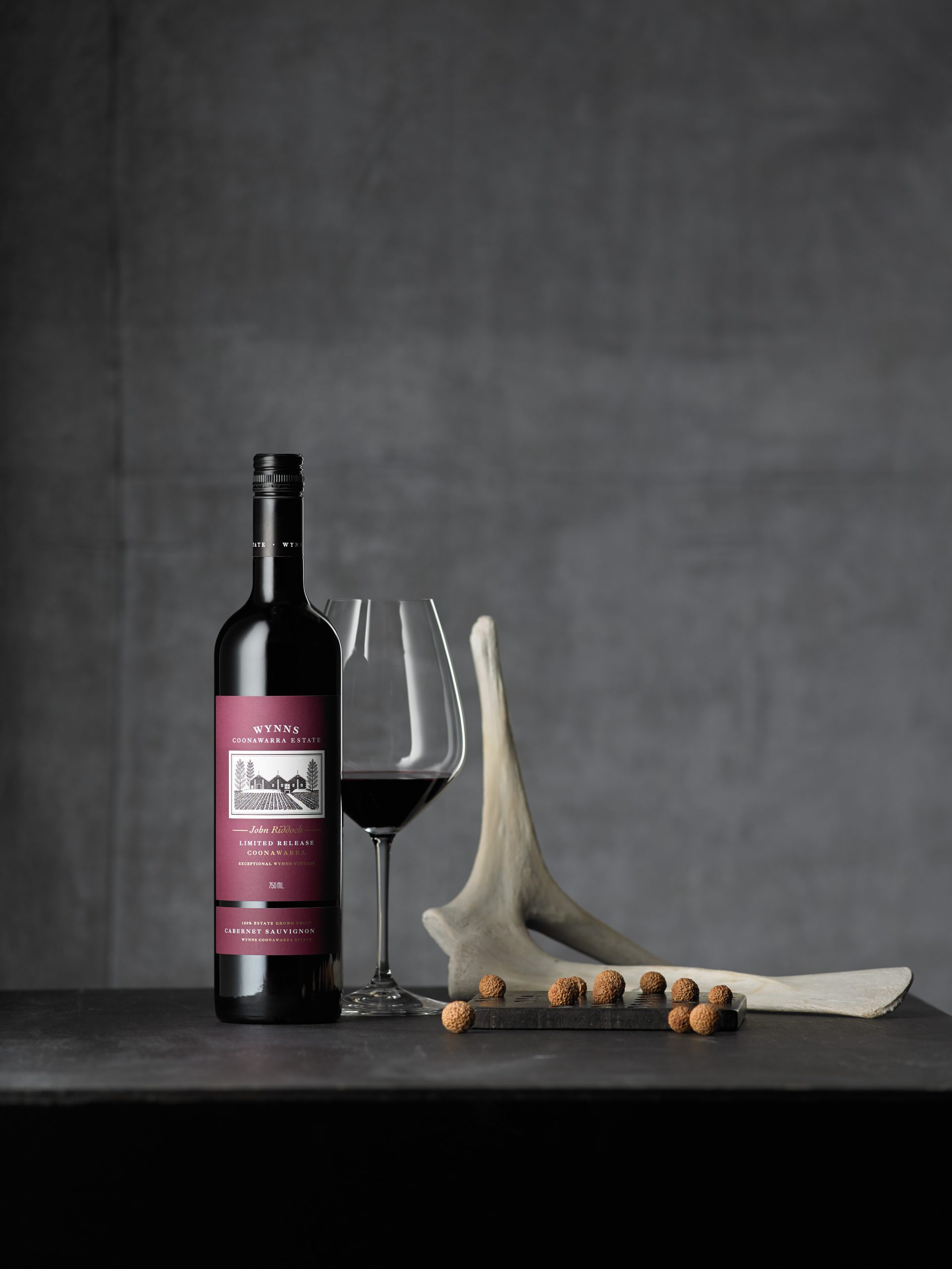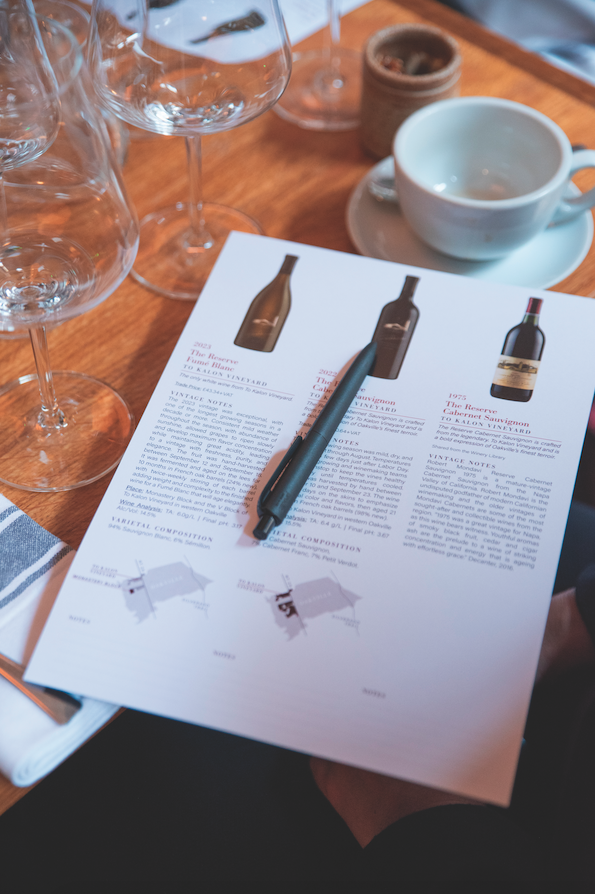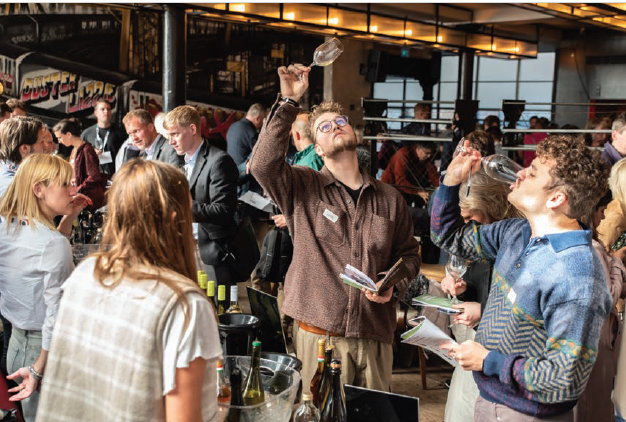St Julien 2023: high yielding and ‘excellent’ wines
db’s Bordeaux correspondent Colin Hay takes an in-depth look at St-Julien, as part of his appellation-by-appellation look at the 2023 en primeurs, finding its wines to be excellent and remarkably homogeneous, as well as high-yielding.

As we race north up the Gironde, and with the vineyards of Margaux long having disappeared from the rear view mirror, we come eventually to St Julien, the smallest of the leading appellations of the Médoc (with just 910 hectares under vine). It is also, on average, the closest to the river. Not entirely unrelatedly, it boasts the highest proportion of classified growths amongst its vineyards (with over 90% of the vineyard plantings of the appellation currently classified).
This singularity goes some way to explaining at least some of the numbers in the following tables and, more significantly, the appellation’s success in a vintage like 2023.
The first thing we note about the meteorological data summarised in Table 1 is that they are remarkably – even suspiciously – similar to those for Pauillac. Intrigue perhaps? Not really. The explanation is simple, the suggestion of subterfuge rapidly dispelled. St-Julien turns out to be so small that it shares a weather station with Pauillac.
That probably means that we should take these data with as small dose of salt. But they come close enough, I suspect, to capturing the distribution of rainfall over the growing season to see that, at least in aggregate terms, St-Julien had a somewhat unexceptional year. Total rainfall was marginally above the 10-year average. In fact, over the growing season itself, only two months saw above average rainfall – June and September.
Yet whilst the September rainfall was helpful, disrupting as it did, the heatwave conditions of the second half of August and helping resuscitate the vines before the final phase of a long harvest, that in June was responsible for intense mildew pressure.
|
Pre-budburst (Nov-March) |
Budburst to Harvest (April-mid October) |
Total (1/11-15/10) |
|
| St-Julien | 458 (-5.8%) | 441.3 (+13.2%) | 899.2 (+1.2%) |
| Margaux | 398 (-19.3%) | 464.6 (+11.0%) | 862.6 (-5.7%) |
| Pauillac | 458 (-5.8%) | 441.3 (+13.2%) | 899.2 (+1.2%) |
| St-Estèphe | 550.7 (+3.0%) | 411.8 (+4.7%) | 912.5 (+1.5%) |
| Pessac-Léognan | 426 (-12.4%) | 469.4 (+14.5%) | 895.2 (0%) |
| St-Emilion | 306 (-37.1%) | 490.8 (+18.1%) | 796.8 (-11.8%) |
| Pomerol | 338 (-31.5%) | 470.0 (+14.5%) | 808.1 (-10.9%) |
Table 1: Rainfall during the vintage (relative to 10-year average)
Source: calculated from Saturnalia’s Bordeaux 2023 Harvest report
This St-Julien negotiated perhaps more successfully than any other leading appellation. And it is that which explains the high yields we see in Table 2.
| 2019 | 2020 | 2021 | 2022 | 2023 | 10-year average | Relative to 10-year average (% change) | |
| St Julien | 45.5 | 34.3 | 35.2 | 34.3 | 50.3 | 40.1 | +25.4 |
| Margaux | 49.2 | 36.3 | 38.6 | 31.3 | 37.7 | 39.7 | -5.0 |
| Pauillac | 46.7 | 37.4 | 35.1 | 34.8 | 47.1 | 39.7 | +18.6 |
| St Estèphe | 49.7 | 41.2 | 40.7 | 31.5 | 51.6 | 43.4 | +18.9 |
| Pessac-Léognan rouge | 47.2 | 34.6 | 30.7 | 35.7 | 38.1 | 38.5 | -1.0 |
| St Emilion (GC) | 43.0 | 36.7 | 27.5 | 41.2 | 40.5 | 37.2 | +8.9 |
| Pomerol | 43.0 | 39.8 | 28.9 | 32.3 | 45.2 | 36.1 | +25.2 |
Table 2: Average vineyard yield by appellation (hl/ha)
Source: calculated from Duanes data compiled by the CIVB Service Economie et Etudes
Partner Content
For although St-Julien was pipped at the post by St-Estèphe for the highest absolute vineyards yields, it did secure the highest appellation yields in the entire region relative to the 10-year average (at least for red wines). One has to go back two decades to find the last vintage with yields in St-Julien of over 50 hl/ha.
For this to have been achieved in a vintage characterised by significant mildew pressure is all the more remarkable. A number of factors are at work here. They include, proximity to the river (with rainfall and the average daytime temperatures that accentuated the threat of mildew typically a little higher in the interior), the relatively small number of properties (certainly in comparison to, say, Margaux) practicing organic viticulture, the rather greater general access to resources to treat mildew in an appellation over 90% of whose surface area is classified, and the somewhat windier character of vineyards which typically either border the river or are situated on the plateau running down to the river.
In St-Julien, then, although mildew was a significant pressure it was so well managed that it was simply not a factor when it comes to assessing the quality of the wines made.
Unremarkably, then, if strange though it might seem in the context of vintage whose watch word is heterogeneity, the wines of St-Julien turn out to be both truly excellent and remarkably homogeneous.
Rivalling the first growths in quality are a staggering duo of wines from Gruaud Larose and Léoville Las Cases. They are rather different in style, but equally beguiling and totally captivating, expressing their exceptional terroirs so precisely and so graciously.
Ducru-Beaucaillou, too, is in sublime form in this vintage, fashioning a wine of opulence, gravitas and grandeur in a vintage in which each is rare indeed.
The two other wines that I would perhaps single out for special mention are Léoville-Poyferré, for its sinuous, sleek, slender and silky mid-palate and gorgeous aromatics and the seemingly ever-improving Branaire-Ducru whose ascent towards the summit continues despite the challenges of the vintage.
In fact all of the classed growths of the appellation have excelled as my detailed tasting notes below attest. Beychevelle and Léoville Barton, above all, merit a place in any well-stocked cellar and Clos du Marquis and, above all, Sarget de Gruaud Larose are likely to represent truly fabulous value.
Highlights in 2023
Wines of the appellation:
- Gruaud Larose (96-98)
- Léoville Las Cases (96-98)
Truly great:
- Ducru Beaucaillou (95-97+)
- Beychevelle (94-96)
- Léoville-Barton (94-96)
- Léoville-Poyferré (94-96)
- Branaire Ducru (93-95)
- Clos du Marquis (93-95)
Value picks:
- Branaire Ducru (93-95)
- Clos du Marquis (93-95)
- Sarget de Gruaud Larose (92-94)
See here for Colin’s full tasting notes for St Julien and his appellation analysis of Margaux and Pauillac.
Read more:
A guide to Bordeaux 2023 in ten questions
Bordeaux 2023 vintage report part I: quality and quantity together, for once
Bordeaux vintage report part 2: a vintage of reactivity, vigilance and surveillance
Related news
Castel Group leadership coup escalates
For the twelfth day of Christmas...
Zuccardi Valle de Uco: textured, unique and revolutionary wines




